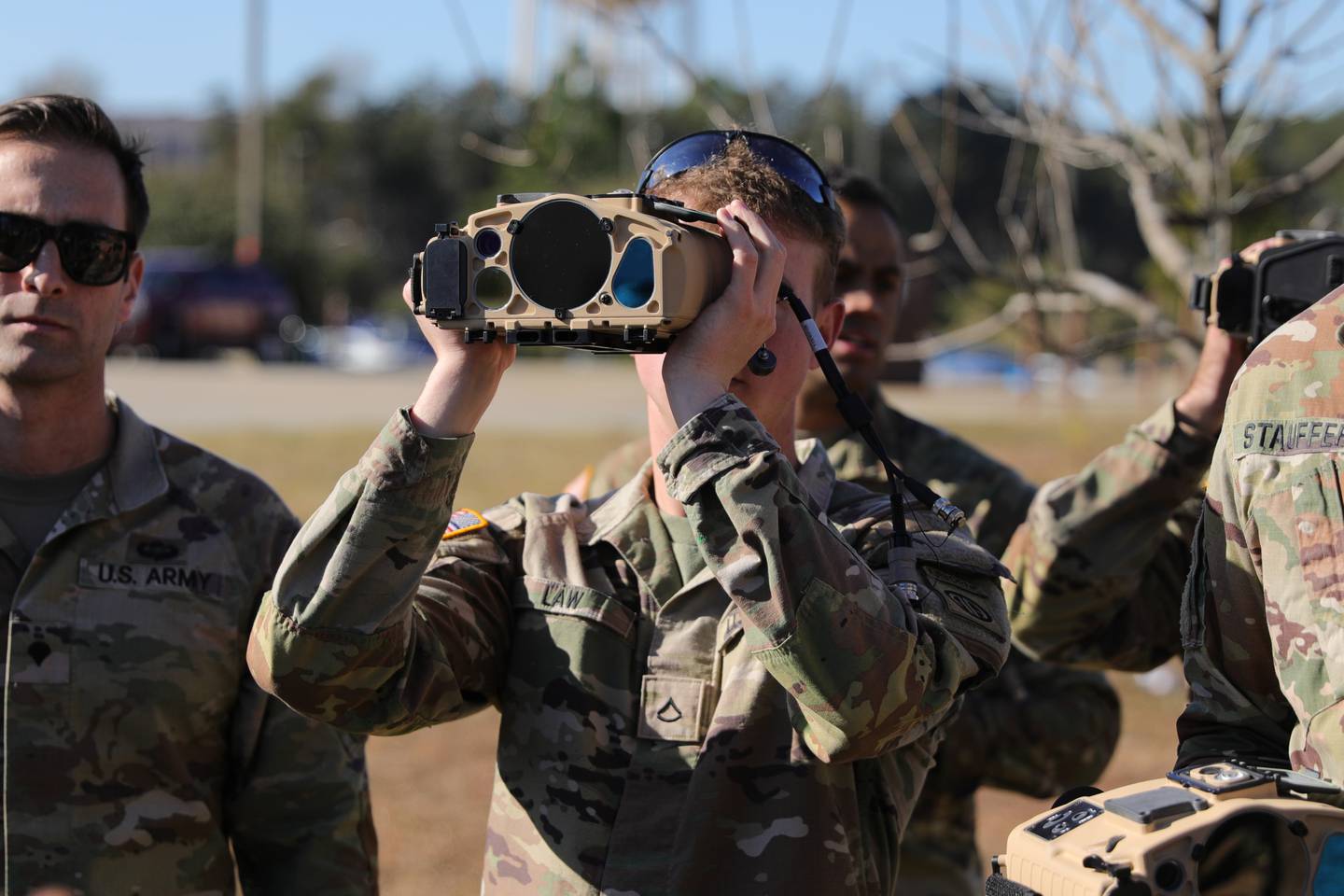FORT BELVOIR, Va. — All things soldier gear start here. From boots and body armor that will fit the varying sizes of the 1 million soldiers across the Army to the weapons soldiers shoot and the ways they power ever-more-complex technology, Program Executive Office-Soldier is at the center of it all.
Starting early this year, the Pentagon also tasked them with sending, so far, $800 million worth of gear, such as cold weather apparel and a variety of other warfighting items, to Ukrainians beating back the Russian invasion of their homeland.
Army Times spoke with the office’s commanding general and a host of its gear experts about a list of major programs.
Joint Effects Targeting System
Maj. Joe Gooch, JETS assistant product manager, showed off the precision targeting tool that now gives forward observers the chance to pack this device in a ruck and operate in solo mode. The JETS has a range of cameras and includes a laser marker, and a precision vertical angle module that contains a series of gyroscopes to detect the spin and curvature of the earth. The laser marker works with the Army’s precision guidance kits, added in recent years to 155 mm rounds and about any other laser-guided round in the inventory.

Coming in at 19.6 pounds and bringing a 72-hour mission battery life, the system has already been delivered to 161 units to date, including the entire 75th Ranger Regiment and two of three brigades at the 82nd Airborne Division in the past year, Gooch said. The next 44 systems are headed to an undisclosed brigade at the 101st Airborne Division in February.
Mostly, the JETS will replace the legacy LLDR2H, a crew-served system too heavy for one soldier that is being phased out over time. The JETS II prototype is under development. Plans include shaving another two pounds or more off the device and switching its navigation software to the congressionally mandated M-code, a military-grade, global positioning system. That system is under draft requests for prototypes, with an anticipated April 2023 award to build the early versions. JETS II could be available to units by 2027, officials said.
Enhanced Night Vision Goggle-Binocular
The first standard Army-issued binocular night vision has been rolling out to formations for a couple of years now. The ENVG-B is the “best in class” night vision. Basically, it isn’t your old grainy monocular night vision.
The ENVG-B kicked off with a directed requirement, essentially a request approved by big Army to get these things in the hands of soldiers quicker than standard routes. That request sought 10,262 systems. So far, the Army has delivered 9,500 systems and will begin the final batch of deliveries in November, with the 2nd Security Force Assistance Brigade, said Maj. Bobby Lee, ENVG-B assistant product manager.
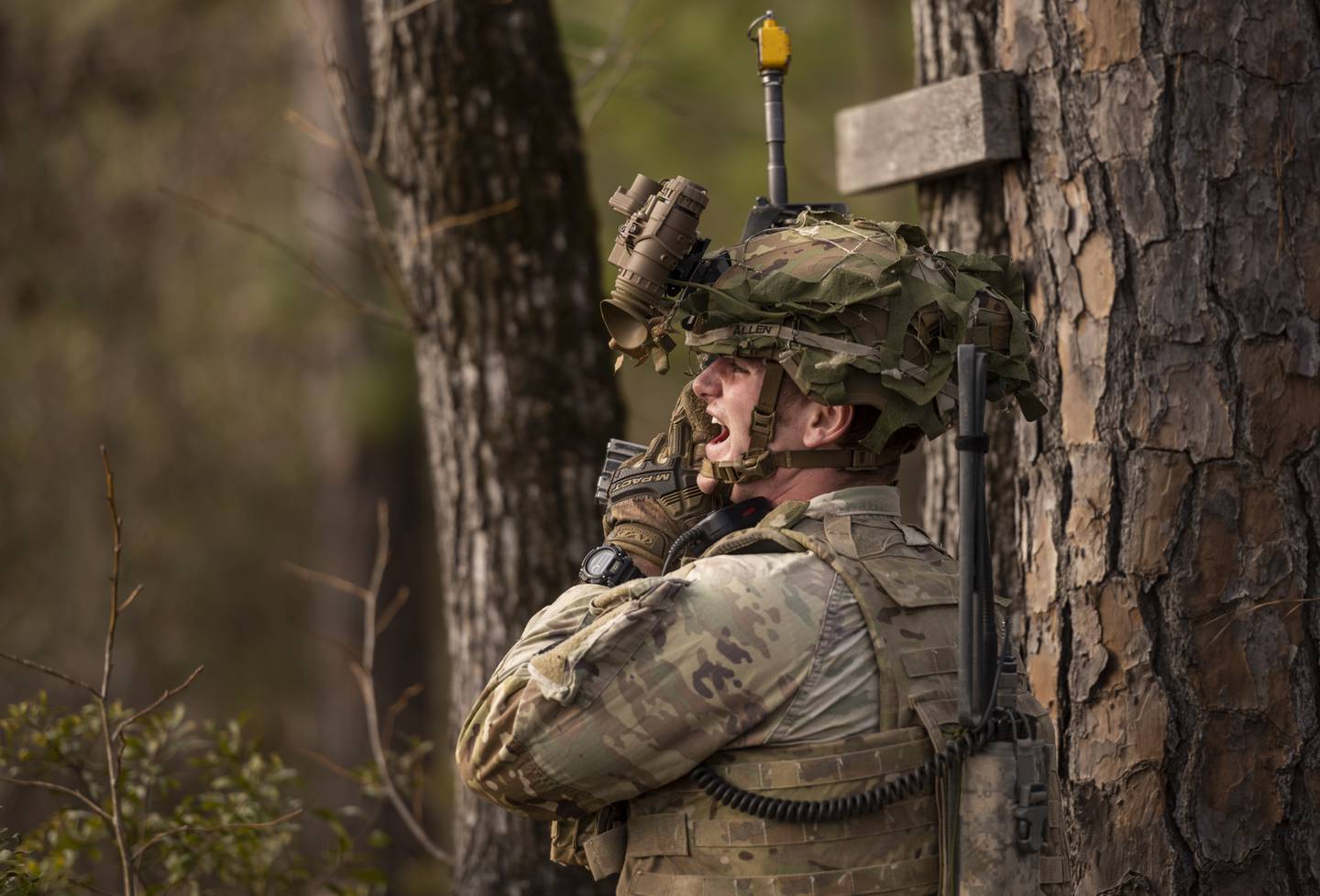
Once the last of the total seven brigades has received these goggles, it will transition to a program of record, meaning it’s sticking around and available when funds are approved to many other Army units, but mostly for close combat formations like infantry, scouts and combat engineers.
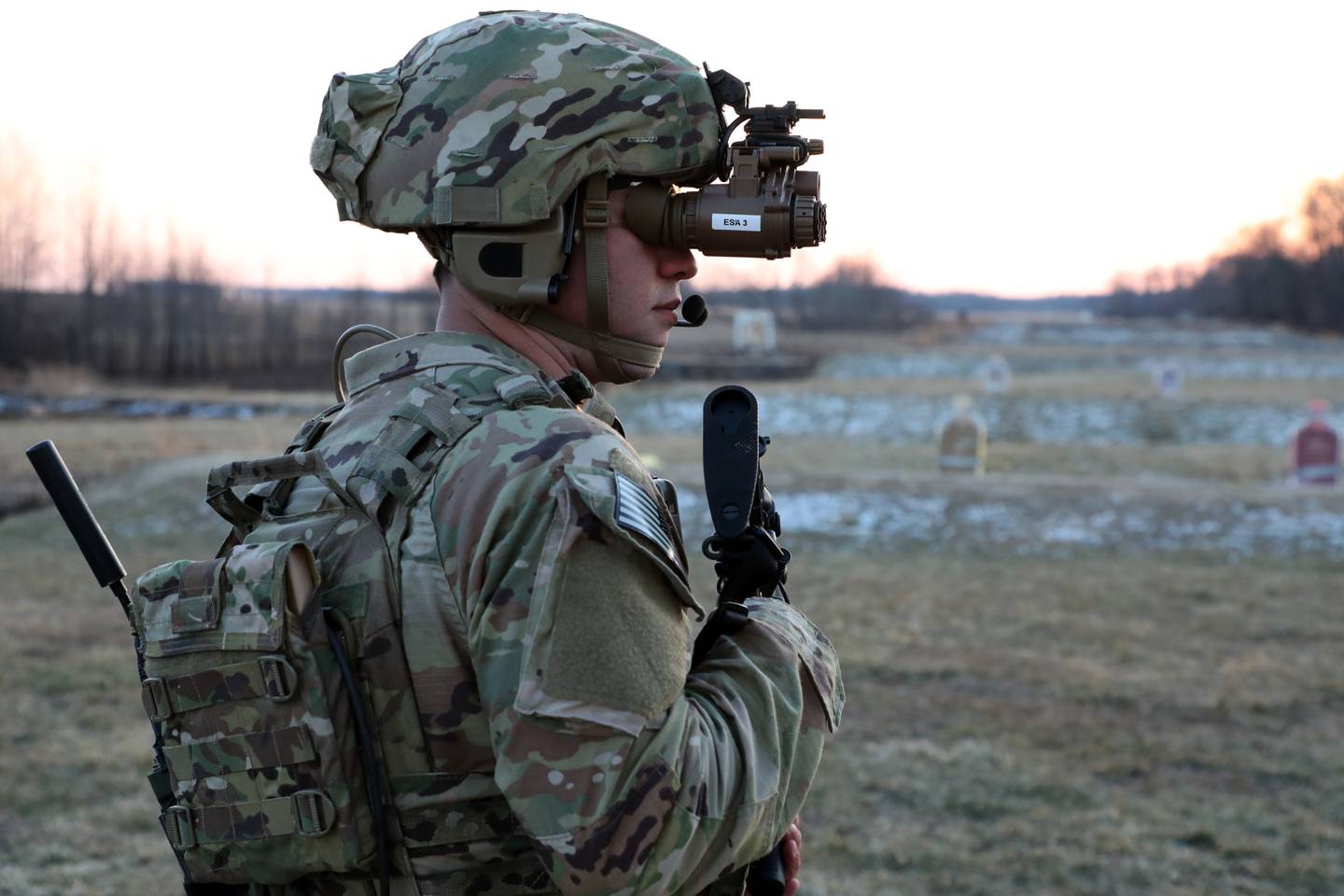
The device is more than night vision, though. It also has a thermal camera, giving the user multiple options to see what goes bump in the night. And it has wireless connectivity that can connect to a weapon’s sight view in the display, and pipe in situational awareness info such as navigation waypoints and team member locations. Running all those programs can put battery life at about four hours, but tests on standard night vision use show up to 40 hours in field trials, Lee said.
A prototype recharging battery is tripling and, in some cases, quadrupling existing battery use to reach that 40-hour mark.
Nett Warrior
A version of Nett Warrior has been helping soldiers navigate for nearly a decade, but newly issued devices will see an upgrade when they get the Samsung S20 tactical smartphone version. The older versions used the Samsung 7.
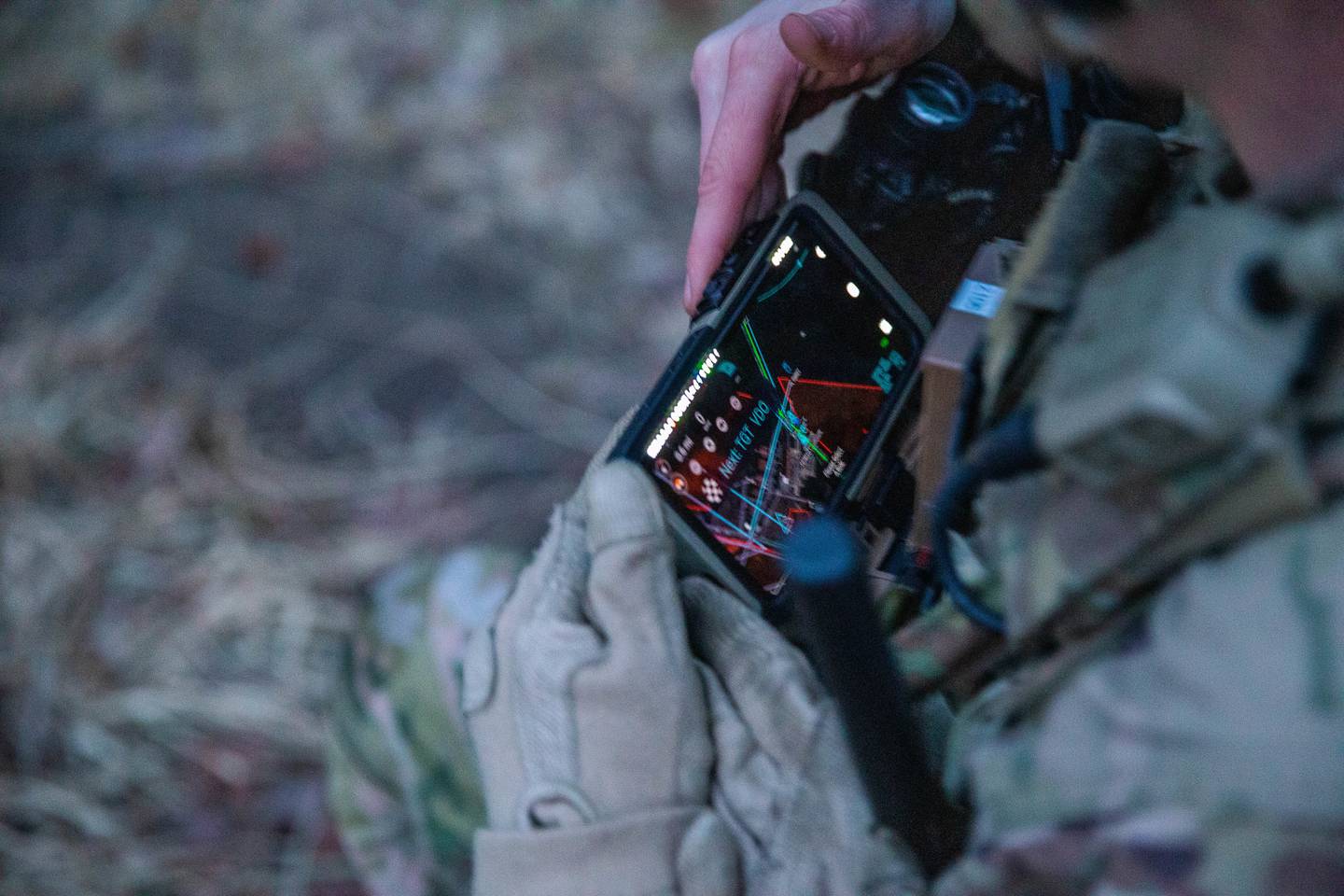
The device powers Team Awareness Kit or TAK, with maps, overlays and other situational awareness tools.
The new S20s are going to 2nd and 3rd Brigade, 101st Airborne Division, and 2nd Squadron, 1st Cavalry Regiment, currently, said Maj. Steve Moody, Nett Warrior assistant product manager.
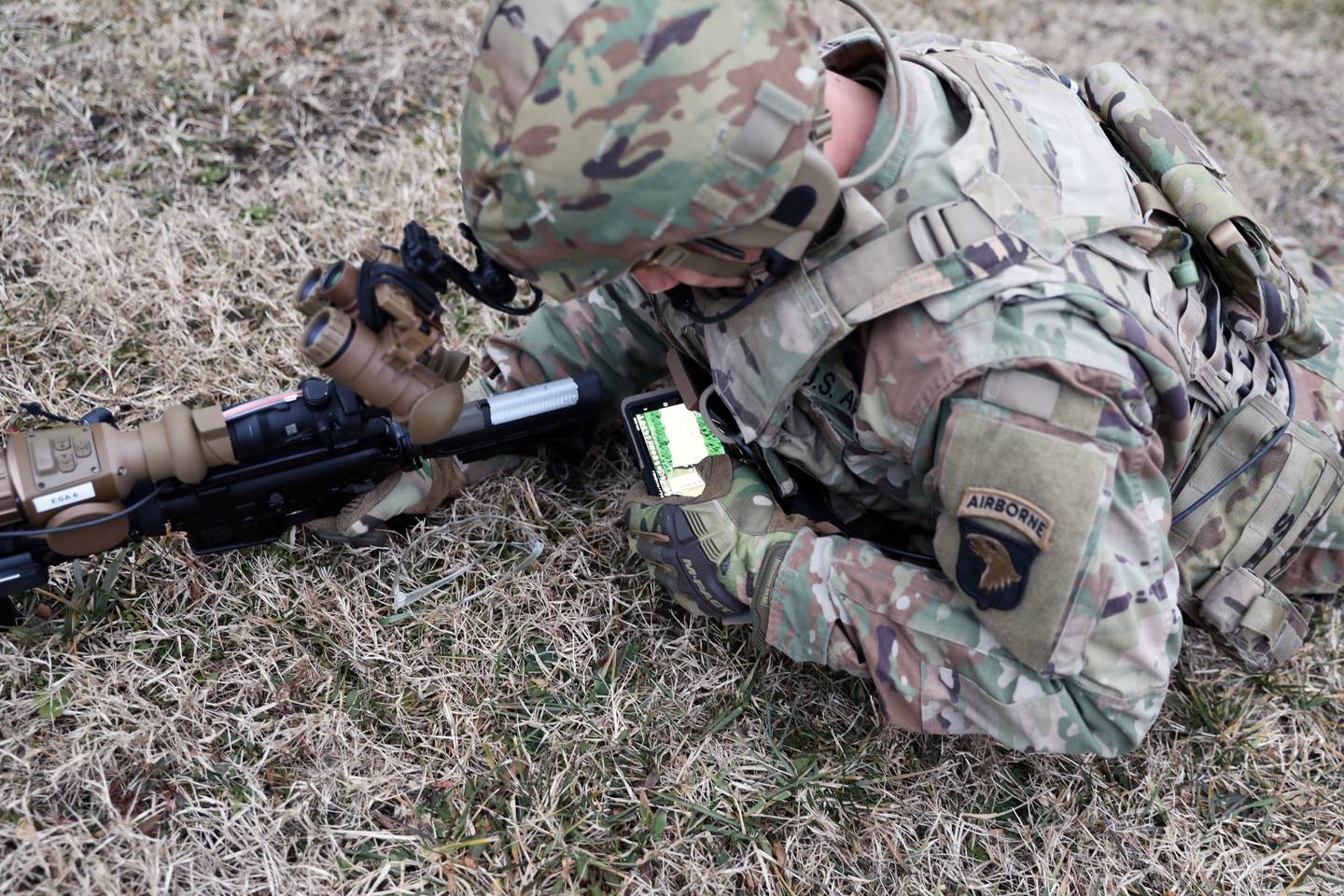
Modular Scalable Vest
For decades, soldiers with nonstandard body sizes, tall and lanky or short and stocky or female soldiers in need of a better fit had to deal with bulky, oversized life protection.
The Army designed and in recent years began fielding the Modular Scalable Vest to tackle both size discrepancies for comfort, performance and safety, and to give soldiers more options for body armor use.
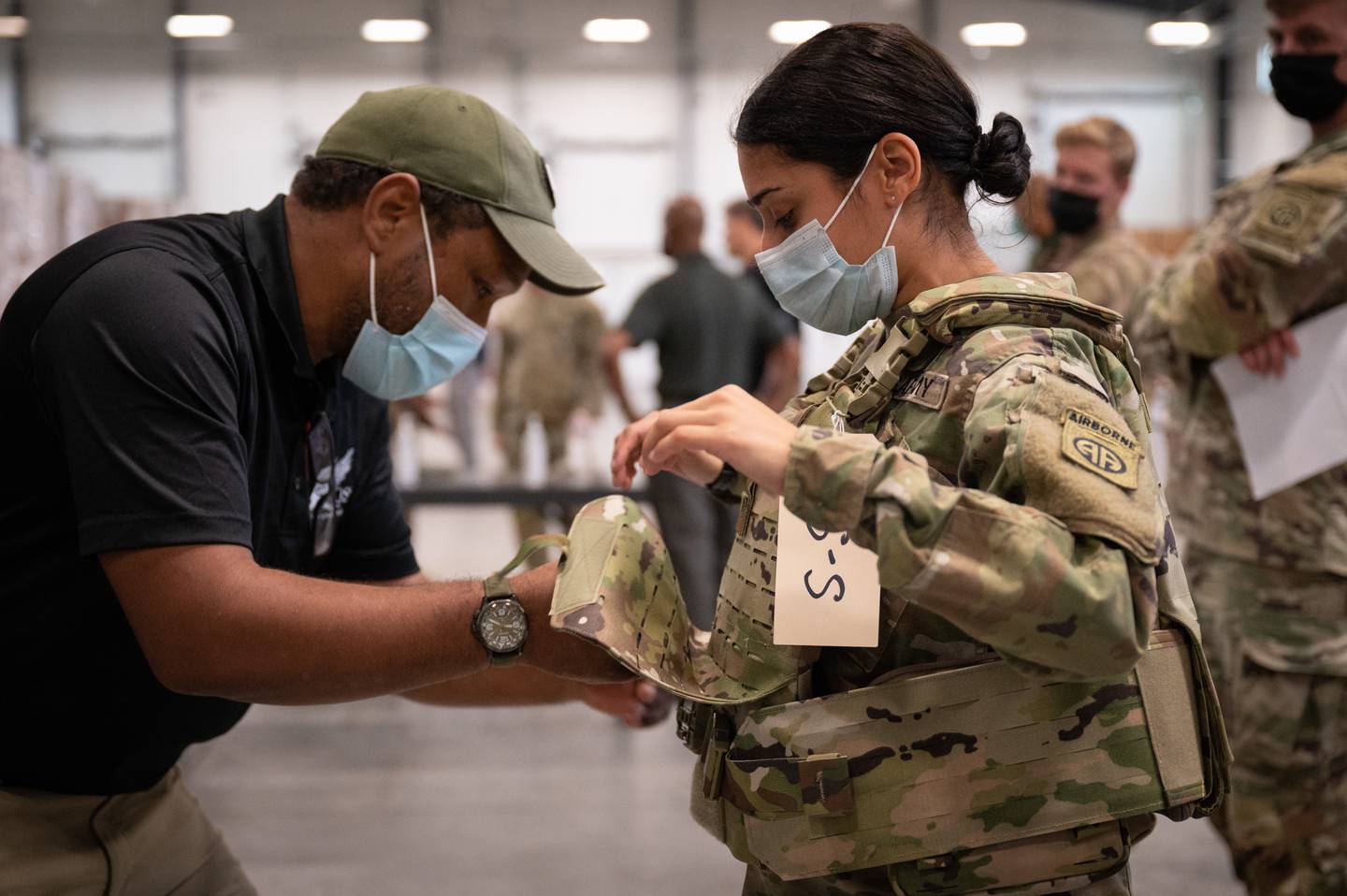
Early models went to the Security Force Assistance Brigades, Army Times previously reported. That was due in part to their nonstandard missions and quick deployments shortly after the units formed.
But more than 6,000 MSVs went to the 82nd Airborne Division in 2021. And that sample has taught the builders of the MSV, now in version 2.6, a few lessons.
Capt. Kim Pierre-Zamora, body armor team assistant product manager, told Army Times that most soldiers go down one size from what they wore in the legacy Improved Outer Tactical Vest.
And they have more options now. On top of the standard sizes, such as medium-regular, three alternate sizes are now available — extra small-short, small-short and small-long.
The vests fit better and give wearers options to scale up or down their protection. The system starts with a soft ballistic combat shirt and layers up protection from there. The shirt works for leader engagements where full body armor might not be appropriate.
Extensive studies show body armor developers that reducing the size to protect vital organs in the torso and adding in a shooter’s cut to better place a rifle in the shoulder helped performance and safety, experts said.
Old IOTVs have not been forgotten.
The Army will repurpose many of the plates in a kind of recycling program. The plates will be cut to the same dimensions as new plates and used in the MSV carrier system.
Next-Generation Integrated Head Protection System
New manufacturing approaches have eliminated holes in the combat helmet, the Next Generation IHPS, that were previously used to attach gear, such as night vision goggles.
That cuts out potential ballistic vulnerabilities, said Capt. Brad McPherson, assistant product manager, head protection team.
Also, the extra outer applique that users formerly had to add to the old IHPS is no longer needed with the next generation version, which is now nearly finished with deliveries.
The Army has sent more than 120,000 NG IHPS out the door.
New gear for aircrews
Old aircrew gear got the job done but sacrificed a bit in comfort and usability.
Maj. Jeffery Timmick, assistant product manager for air soldier systems, told Army Times that a redesigned aircrew helmet, combat equipment and aircrew-specific Nett Warrior tablet should smooth out some of those kinks.
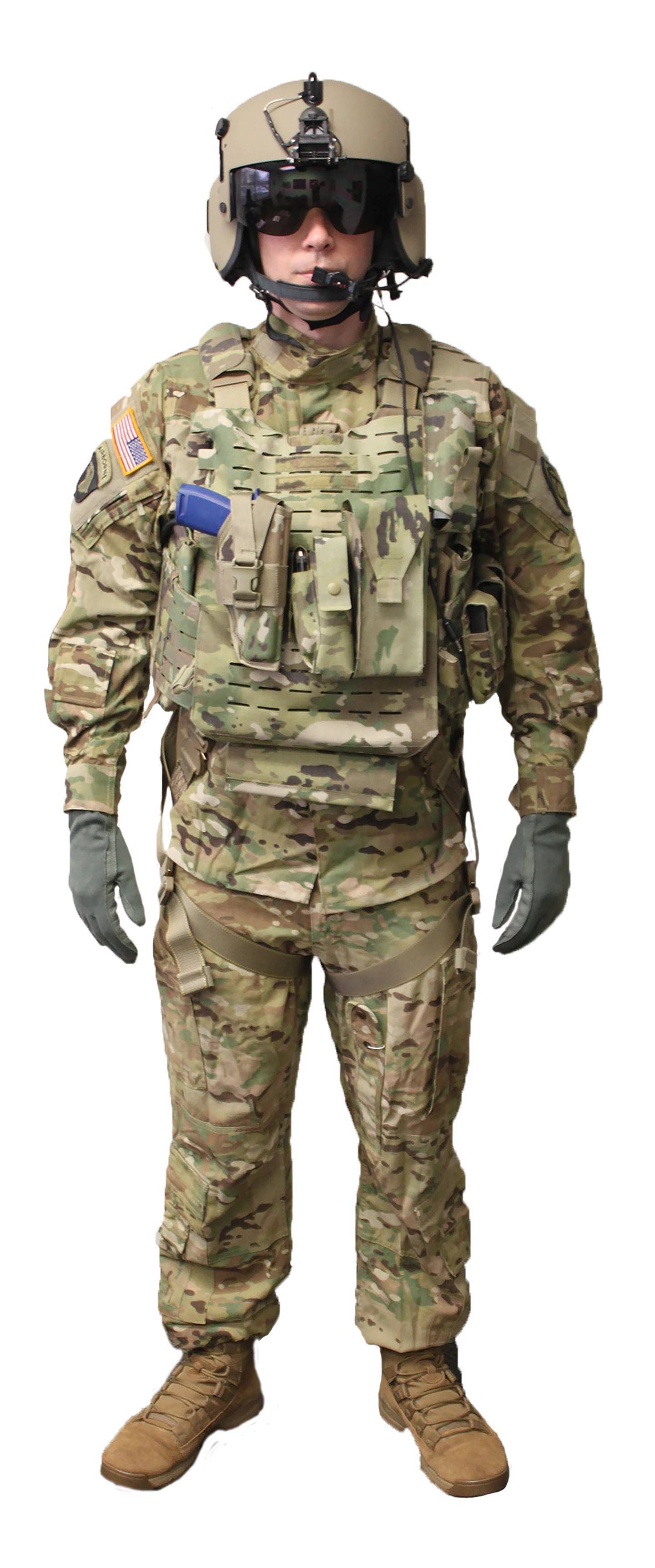
The rotary wing helmet has the same outer shell as its predecessor, but designers pushed the fit forward, which gives the user a 7-degree wider view. The same helmet now has integrated speakers with external microphones, so users don’t have to remove the helmet to hear over the thump-thump of helicopter blades when outside the aircraft.
A new retention strap reduces wiggle and allowed some of the balancing weight to be removed from the back of the helmet, cutting down neck fatigue. About half, or nearly 7,000, helmets have been fielded so far to aviation brigades over the past five years.
The primary survival gear that aircrew soldiers wear has gotten an upgrade too. The flotation device is now down around the armpits instead of near the neck. That gives crews more mobility, Timmick said. The 25th Combat Aviation Brigade out of Hawaii is wrapping up an operational assessment of the new design.
The new design also fits with the Modular Scalable Vest, so aircrew soldiers don’t have to carry a separate body armor and gear carriage system. The harness straps are still there but removable, so once out of the aircraft they don’t dangle and drag on the ground.
A Samsung tablet will replace the Apple device previously in use. That new device will be compatible with existing Samsung tablets and smartphones using the Team Awareness Kit. That way, aircrews can walk into a Tactical Operations Center and seamlessly share data.
Researchers at Combat Capabilities Development Command are also looking at a potential onboard Wi-Fi so that air crews and passengers can share data in the sky.
Cold Temperature Arctic Protection Systems
A lot of the cold weather gear most soldiers used in recent decades was designed and fielded long before they were born.
But new additions to the winter lineup should help soldiers stay warm and dry in even the most extreme weather.
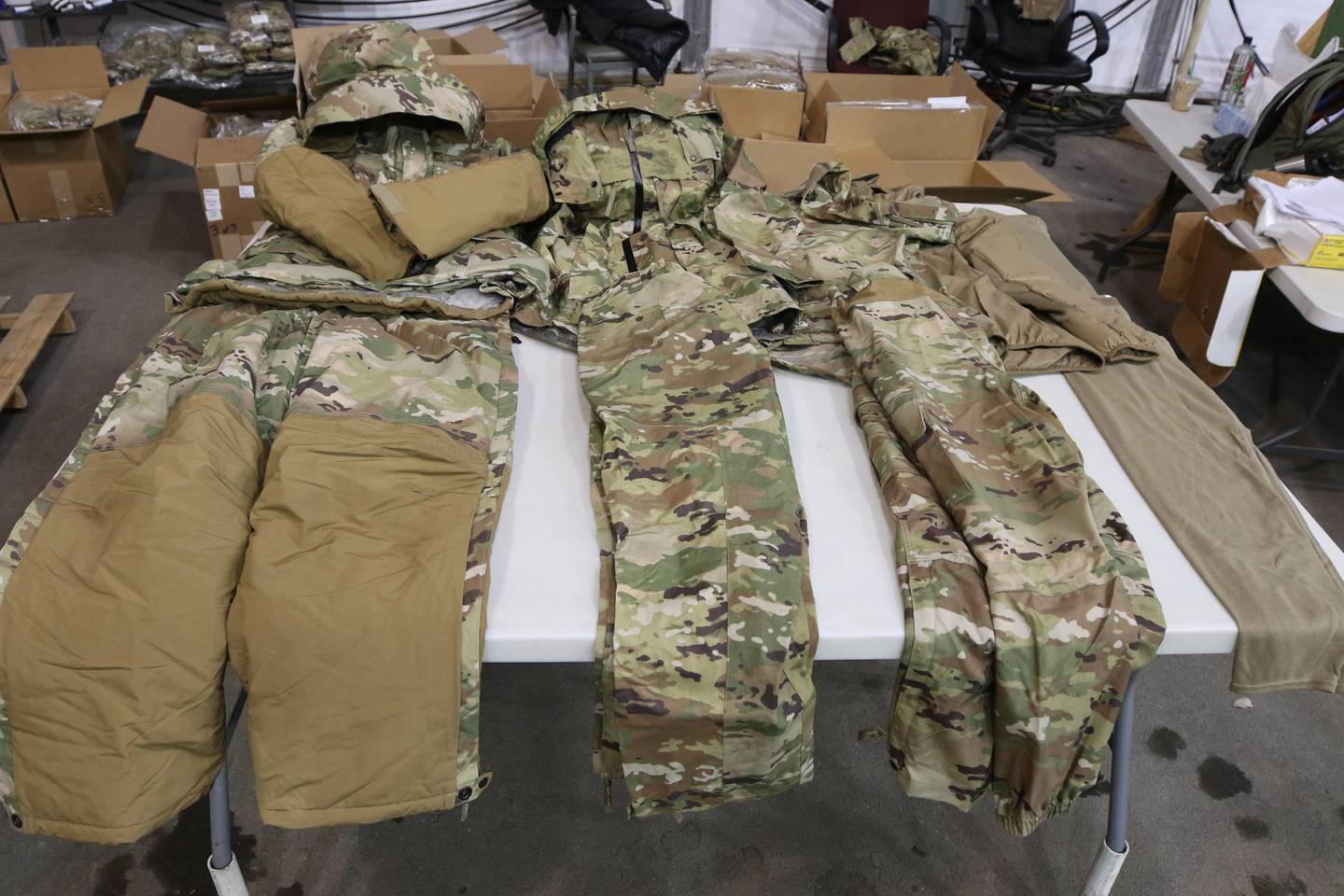
Maj. Ryan Ogden, soldier clothing individual equipment assistant product manager, told Army Times that the CTAPS system is readying a large-scale Limited User Test with the 11th Airborne Corps in Alaska this coming winter.
Those soldiers will have a five-layer system at their disposal which includes a next-to-skin “no melt, no drip” wool-nylon blend.
That blend remains warm even when wet. Whether soldiers are sweating or took a quick ice bath, this should heat them up.
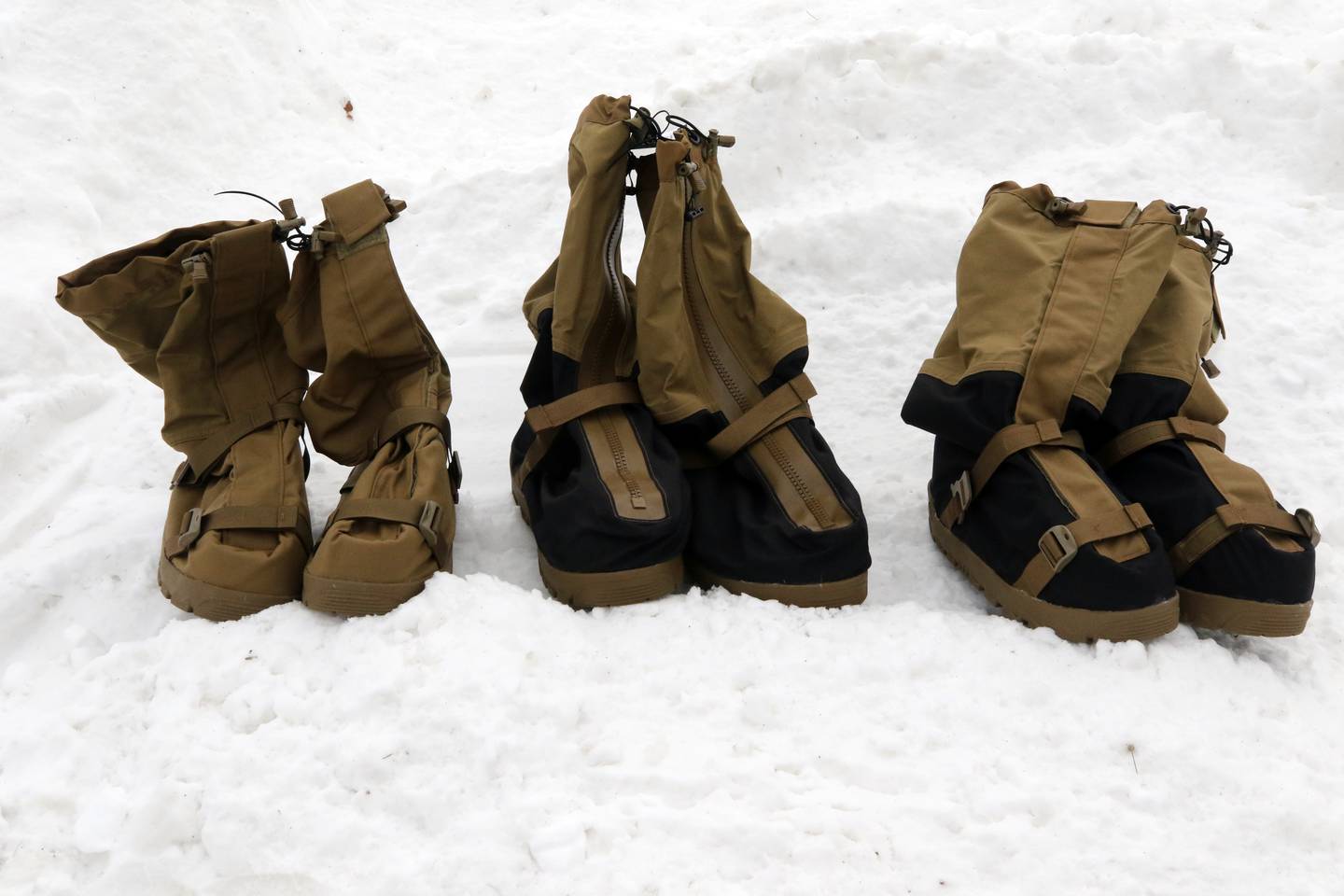
The lightweight hooded and vented insulated jacket uses a metalized coated fabric with aerogel insulation. And it feels a lot like a “woobie” jacket, Army Times noted.
Ogden said the jacket was a “soldier favorite” in early testing.

The third layer includes soft shell uniform tops and bottoms. Layer four is a cold and wet top and bottom for heavy rain and wind.
The fifth and final layer is an outer “extreme condition” layer — think, North Pole excursions. That’s a cold weather parka and trousers with large, glove-accommodating pockets. The hood is also big enough to fit a helmet and associated devices. The trousers have expanded gussets for adjusting over bulky outer wear and body armor.
Todd South has written about crime, courts, government and the military for multiple publications since 2004 and was named a 2014 Pulitzer finalist for a co-written project on witness intimidation. Todd is a Marine veteran of the Iraq War.
